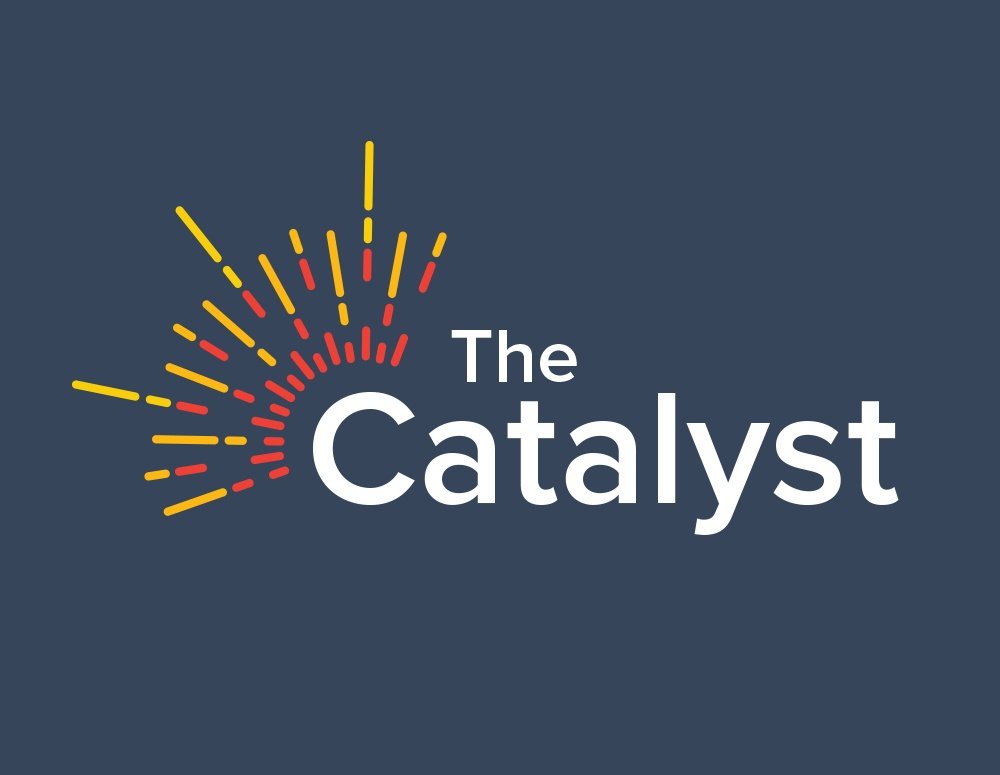Conversations and healthy debate about issues facing our industry and the health care system are critical to addressing some of today’s challenges and opportunities. The Catalyst welcomes guest contributors, including patients, stakeholders, innovators and others, to share their perspectives and point of view. Views represented here may not be those of PhRMA, though they are no less key to a healthy dialogue on issues in health care today.
We are pleased to share a blog post that was written by Jim Robinson, President, Astellas Americas, and originally published on The Astellas Way.
 When the Information Technology and Innovation Foundation (ITIF) published a report on the importance of the Prescription Drug User Fee Act (PDUFA) last month, one particular sentence caught my attention.
When the Information Technology and Innovation Foundation (ITIF) published a report on the importance of the Prescription Drug User Fee Act (PDUFA) last month, one particular sentence caught my attention.
PDUFA is a significant part of the reason why the FDA leads peer agencies in the timeliness of drug application determinations and is widely recognized as one of the best drug-regulatory agencies in the world.
I couldn’t agree more.
This statement also reflects the fact that industry-driven science is leading to treatments that didn’t exist just a few years ago. We’re fundamentally changing, improving and saving lives. Today, there are more than 7,000 new medicines in development. Each holds the potential to be a breakthrough for diseases that afflict millions, a few hundred or a few dozen.
A state-of-the-art FDA helps shepherd innovations from clinical trials to the patient’s bedside, while incorporating unique approaches to drug development and regulatory decision-making. The sixth iteration of PDUFA, which Congress must pass by late summer to avoid disruptions of new drug reviews and approvals, will play a critical role in shifting the mindset of both the public and private sectors.
Consider the following: Drug development today is more patient-focused than ever before. This means that biopharmaceutical companies are increasingly using scientific methods that incorporate the individual patient perspective into development processes and are employing measures to reflect what factors are most important to patients broadly. The FDA needs to keep pace with this shift by continuing to embrace patient input in the drug review process, including the use of patient-reported outcomes. This is a key focus of the PDUFA VI agreement, building on initial steps taken in the last reauthorization.
At Astellas, we’re committed to weaving the patient experience into all we do. For example, from a development standpoint we recently implemented a new pipeline “playbook” that helps ensure we are taking into account the perspective of patients and caregivers at each stage of the development process. We’re striving to ask the right questions of patients at the right time to truly understand and address their needs.
Beyond listening to the patient, the incorporation of real-world evidence into decision-making is a timely step forward for the FDA and industry leaders alike. The proposed PDUFA framework improves the way regulators evaluate the safety and efficacy of new medications by integrating electronic medical records, patient registries and other data sources that can give us a clearer idea how the drug will perform in the “real world.” Providing FDA with the resources necessary to collect, analyze and utilize this information is crucial to fully assess the long-term benefits of a new treatment.
Finally, the PDUFA program has dramatically increased the timeliness of new drug approvals. The ITIF report I mentioned notes that, in 1987, it took almost two and a half years on average for the FDA to review a new drug. Within eight years of PDUFA’s initial passage, FDA’s enhanced capabilities led to a drop in average drug approval times to 14 months.
With a well-resourced and fully staffed human drug review program, FDA can continue to build on the progress made, as well as prepare for the new scientific and regulatory challenges that will be facing the Agency in the future. The PDUFA VI agreement will enhance FDA’s ability to hire the necessary expertise, creating a more predictable regulatory process and more timely access to new therapies for patients.
In recent years, we have greatly expanded the scope of evidence we can bring to bear in reviewing new therapies, while strengthening FDA’s robust drug safety system. We‘ve made significant strides in integrating the patient voice and experience into the drug development and regulatory processes. We can continue to fortify this legacy with a swift passage of PDUFA VI that is laser-focused on maximizing the potential of 21st century medicine and ensuring that every related decision is in the best interest of patients.
This guest post from Jim Robinson, President, Astellas Americas was first posted on The Astellas Way blog on March 22, 2017.



 When the Information Technology and Innovation Foundation (ITIF) published
When the Information Technology and Innovation Foundation (ITIF) published 